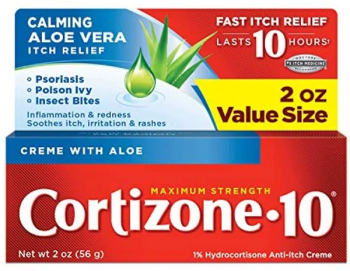
Cortizone-10 is used to treat a variety of skin conditions.

Michele Belcher, president of the National Community Pharmacists Association, and pharmacist and pharmacy owner at Grants Pass Pharmacy, discusses ways of transforming the pharmacy profession’s current challenges into opportunities for positive change for the profession.

Implementation, communication, and assessment are critical steps to ensure patient safety.

Michael Abrams, MPH, PhD, senior health researcher at Public Citizen’s Health Research Group, discusses actions needed to help manage the opioid epidemic in the country.

Phase 3 trial results also indicate that Alzheimer disease clinical decline was reduced in participants who had plasma p-tau181 reduction at 78 weeks.

Trial of empagliflozin (Jardiance) in adults with chronic kidney disease will end early based on a recommendation from the trial’s Independent Data Monitoring Committee based on clear positive efficacy.

Jeffrey B. Simon, JD, co-chair of the National Opioid Litigation Conference, discusses the historic settlement in a multi-district opioid lawsuit in Texas.

Explain to patients that research Is continually evolving and the need for booster shots does not mean the vaccinations do not work.

Patients treated with upadacitinib achieved clinical remission of ulcerative colitis more frequently through weeks 8 and 52 versus the placebo group.

Agency hopes green light for complex drug device combination improves competition and access more affordable medications.
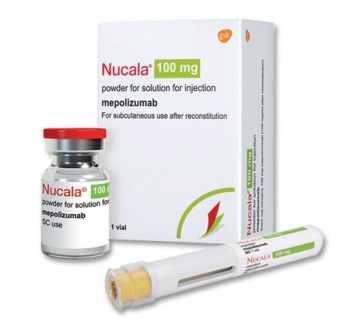
Nucala is an IL-5 antagonist monoclonal antibody (immunoglobulin G1 kappa) for the add-on maintenance treatment of adult and pediatric patients with severe asthma and with an eosinophilic phenotype.
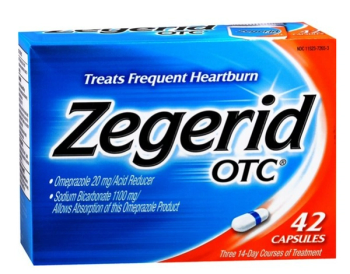
Zegerid is indicated for the treatment of frequent heartburn.

All patients present opportunities, but patients who might be considered more challenging due to their condition are often the cases where pharmacists might make the greatest difference

This month's generic product news features lanreotide injections, glycopyrrolate oral solution, and vasopressin.

Pfizer Inc and BioNTech seek approval for an additional fourth booster dose of their COVID-19 vaccine for adults 65 years of age and older who received an initial booster of any of the authorized or approved COVID-19 vaccines.
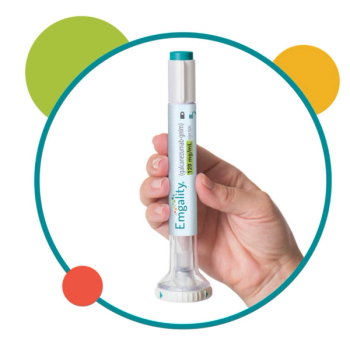
Galcanezumab-gnlm (Emgality) is indicated in adults for the preventive treatment of migraine and treatment of episodic cluster headache.
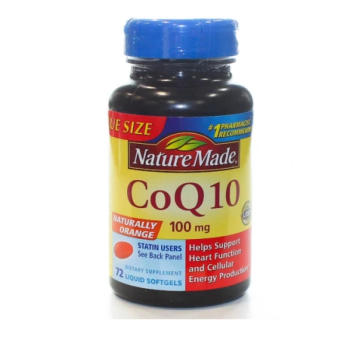
Co Q-10 helps to support a healthy heart and cardiovascular system.

Moderna is currently evaluating 2 HIV vaccine strategies that involve germline targeting and immune-focusing approaches.

Sleeplessness Is prevalent, and many Individuals struggle to find effective relief and treatment.
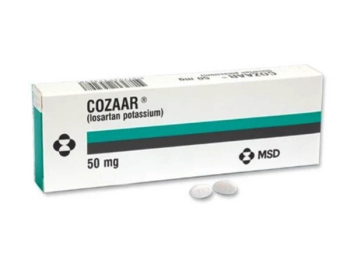
Cozaar is indicated for the treatment of hypertension in adults and children over 6 years of age.
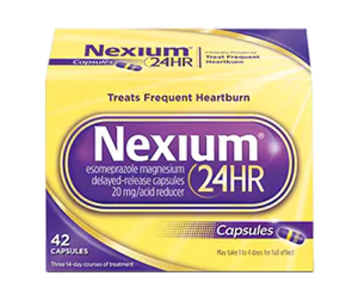
Nexium 24 HR offers relief of frequent heartburns.

Carlie Traylor, PharmD, discussed the Community Pharmacy Fellowship from the National Community Pharmacists Association and CPESN.

It is essential that women are informed of the risks of potentially teratogenic medications because most birth defects are likely to happen early in pregnancy before women become aware they are pregnant.

Pharmacists’ expertise in medication use has expanded their role to a critical member of the multi-disciplinary care team.

Individuals with multiple sclerosis should follow vaccine guidelines before starting disease-modifying therapies, case study results show.
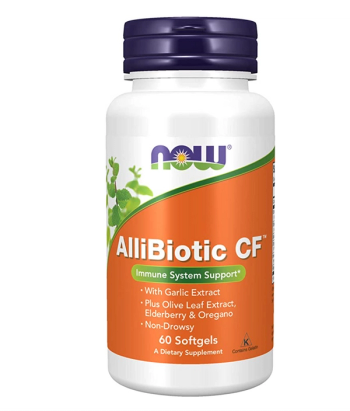
Allibiotic CF is intended to help support healthy seasonal and year-round immune function.

Al Carter, MS, PharmD, RPh, discussed the Buying Medication Safely Campaign from the National Association of Boards of Pharmacy.

In recent years, the auditing process has evolved into a full-blown investigation, often requiring pharmacies to submit hundreds of pages of documentation

Michael Abrams, MPH, PhD, senior health researcher at Public Citizen’s Health Research Group, discusses whether classification of gabapentin as schedule V would end patients’ access to the drug.

In the third part of the series, we further explore the factors that contribute to overall happiness in a position.